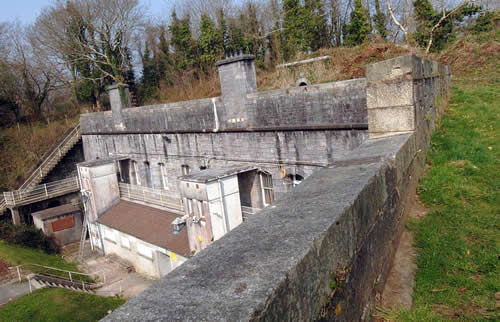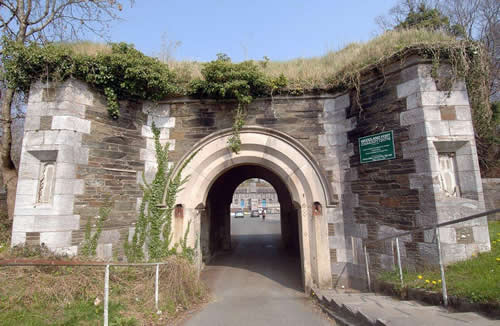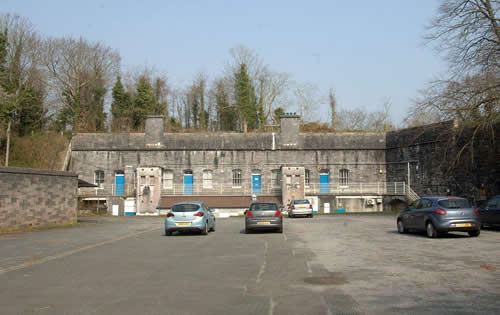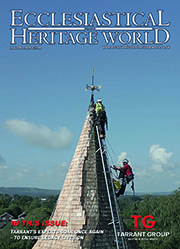Heritage Roofing
Heritage roofing - maintaining our iconic buildings
The UK is home to some of the most iconic buildings in the world, from stunning churches and cathedrals to historic stately homes. Each and every one of these remarkable feats of architecture requires regular maintenance to ensure they remain in the very best condition, allowing them to be enjoyed for generations.
Lightning Protection
When lightning strikes are you protected against this act of God?
The issue of lightning protection in churches is one that has exercised this publication for many years. In this four-part series of spotlights on the issue we will be revisiting various aspects of the subject, beginning with an overview of current thinking.
Traditional Lime
Lime: it’s better for buildings – and for the environment
It is now fairly well known that cement is not good for old buildings and that lime mortar should be used. But why? What are the advantages and what are the disadvantages? In order to begin to answer those questions it is necessary to understand the nature of traditional building, the process by which buildings used to be built, and how it differs from modern construction, the process by which we build today.
Audio Visual
Audio visual equipment in church buildings
This guidance is issued by the Church Buildings Council under section 55(1)(d) of the Dioceses, Mission and Pastoral Measure 2007. As it is statutory guidance, it must be considered with great care. The standards of good practice set out in the guidance should not be departed from unless the departure is justified by reasons that are spelled out clearly, logically and convincingly.
Read More...
CRE Events
Churches are coming under starter’s orders for CRE 25
Churches across the nation are beginning to make preparations for their visit to Christian Resources Exhibition’s CRE 25.
Insurance
You need to ensure that reasonable precautions are in place at your church to keep it safe for those who use it. To do this, you need to think about what might cause harm to people.
You will then need to decide if the precautions already in place are adequate. If they are not, you may need to identify further action to prevent any danger. When done formally, this is known as a risk assessment.
LPOW Grants
£23 million government package to support restoration of thousands of listed places of worship
Heritage Minister Sir Chris Bryant has announced that the Listed Places of Worship Grant Scheme will be extended into the next financial year, providing £23 million so that thousands of historical buildings, including churches, synagogues, mosques and temples, can carry out restoration work.
Lead Roofing
Lead is one of the oldest materials in the roofing industry and is still commonly used throughout the world today.
Lead roofing is a traditional roofing method which has been used in the industry for hundreds of years, and is therefore proven to be extremely reliable. Lead roofing, and sand-cast lead, in particular is ideal for old buildings such as churches or historical renovations, whereas milled lead roofing is a mass-produced alternative, used for precision and accuracy in homes and commercial buildings alike.
Home
PALMERSTON FORTS
Tucked away offset from Plymouth’s Crownhill Road is Woodland Fort. If you are driving and don’t already know it is there then you would most likely miss a piece of
Woodland Fort is one of the city’s 19th century Palmerston Forts, a series of forts and batteries built to defend against a French invasion that never materialised.
Today it is surrounded by mature trees rather than invaders so its planned lines of fire are obscured and its guns long gone.
In recent years the forts have been used for a variety of purposes from vehicle testing depots to community centres. English Heritage is currently working with Plymouth City Council on a study of their potential uses and how to best bring these scheduled ancient monuments into productive use within the community.
Andrew Vines, English Heritage’s South West Planning Director, said: “Woodland Fort already serves as a community centre. It has a number of structural features that require maintenance which is beyond the resources of the tenants. There are also a number of post nineteenth century structures that detract from the authentic character of the fort and the feasibility of their removal is being considered. Some of the earlier buildings need restoration and we are going to be looking at what can be put to practical use for the future.”

He adds, “Many of Plymouth's Palmerston Forts have suffered deterioration over the past 150 years and as a result they have been included on English Heritage’s, Heritage at Risk Register, making them a priority for our engagement. Although most of the forts have some use at present, many are under-used and some don't have the prospect of a long-term sustainable use.

“In particular, finding ways for the forts to have a higher profile within their local communities, whilst generating the revenue necessary to meet their conservation needs, is a goal for both English Heritage and Plymouth City Council. The study we have funded is designed to address this."

As part of the project members of the public were last week asked to make suggestions for regeneration through the Council’s ongoing Sustainable Neighbourhoods consultation. The author of the report, Barry Woodfin of research company Scott Wilson, was on hand to talk to residents at St Budeaux Library.




















